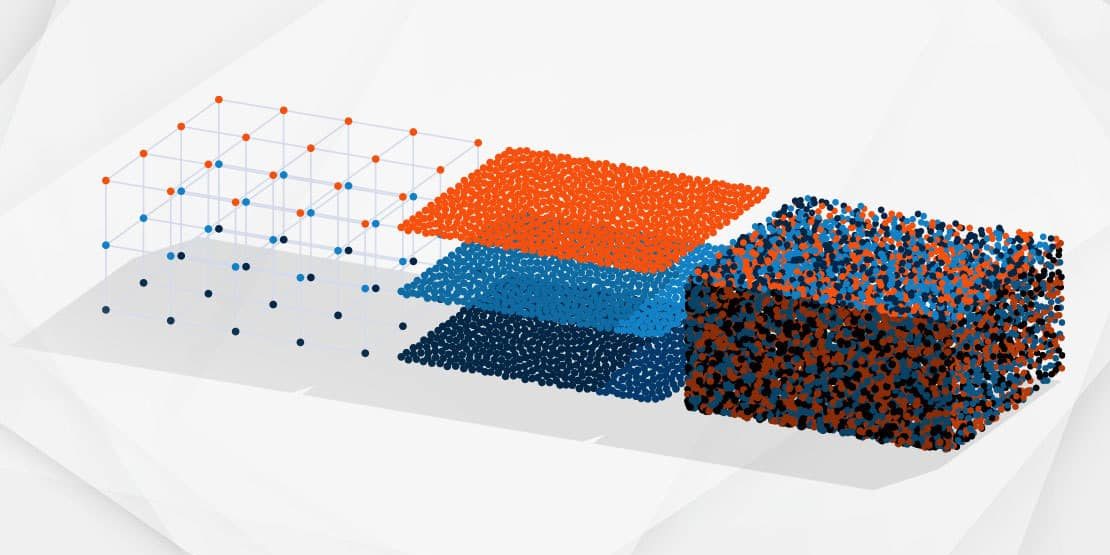A data lake can prove to be an essential component of your company’s data management strategy. As a secure, well-organized data storage repository, data lakes will collect and store your company’s information for years to come. But many business leaders are unfamiliar with the data lake creation steps and process, which makes them uncertain of what to expect.
At 7T, we offer data governance and data storage tools with our product, Sertics, and we’re well-versed in the process used to create data lakes. Read on to learn more about what to expect of the data lake creation process so you can be well-prepared as you proceed with Sertics or a similar data storage repository project.
Preparing to Create a Data Lake — Evaluating a Client’s Needs
Sertics is equipped with high-level security features, designed to accommodate clients with even the most stringent security needs.
In terms of preparation for the data lake creation, another consideration surrounds user roles and user access. It’s best to limit user access to the minimum that they need to perform their duties and nothing more. This limits unnecessary exposure to data, thereby reducing data privacy concerns. We’ve recently added a new capability to Sertics that will allow for customized user roles, each with a unique level of access.
The Sertics team will work to analyze your current data storage configuration and identify your precise needs in terms of architecture and capacity. As a cloud-based data storage tool, Sertics is fully scalable; your data lake will grow as your company expands and evolves over time.
Next comes the important process of identifying what existing data will need to be migrated to the new data lake. Based on these findings, our team will develop a migration plan for transferring and migrating existing data. There’s also the issue of data flow for new data that will be created in the future. We’ll evaluate a few essential questions surrounding the topic of systems integration:
- What software or systems are generating new data?
- What is the best option for integrating those systems or software platforms so the data is sent directly to the data lake for storage?
- Are there existing APIs to allow for easy communication and data transfer? Or will additional work be required to connect those systems to your data lake?
A Look at the Data Lake Creation Steps
Once the in-depth data evaluation process is complete, the Sertics team will get to work creating the data lake and configuring its architecture, including:
- Validations;
- Enhancements; and
- Custom user roles.
After configuration is complete, it’s time to connect your company’s data sources to the data lake so all data is automatically sent to this storage area. Then, our team identifies exactly which platforms will need to access the data lake’s contents — such as an analytics platform or data management software programs. A plan is developed and the various systems are integrated with (and connected to) the data lake platform.
Once the data lake creation steps are complete and all system integrations are complete, it’s time for intensive testing to ensure that everything operates as it should. Quality assurance (QA) testers will perform all of the tasks that a user might perform, ensuring that data is flowing as it should from data sources, to the data lake, and out to third-party interfaces such as analytics or data management software platforms.
When testing concludes, you can expect to receive a demo, which provides your company’s leaders and team members with an opportunity to get acquainted with the Sertics data lake platform. This demo presentation is also a wonderful time to ask questions or request any final modifications.
When all is said and done, you should have a user-friendly, secure and scalable cloud-based data lake platform that will meet your needs for years to come. And if issues do arise down the road, such as a need to integrate a new enterprise software platform, the Sertics team is happy to help!
Sertics is a product of 7T, a software development company with a team of top Dallas mobile app developers. We specialize in a range of different technologies, including ERP and CRM development, one-of-a-kind mobile app and custom software development projects, tools for data lake creation, data governance, data visualization, cloud integrations and system integrations. In fact, our work speaks volumes!
7T has offices in Dallas, Houston, Chicago, and Austin, but our clientele spans the globe. If you’re in search of an innovative team to assist with data management or to develop your next mobile app or software solution, contact 7T today.








